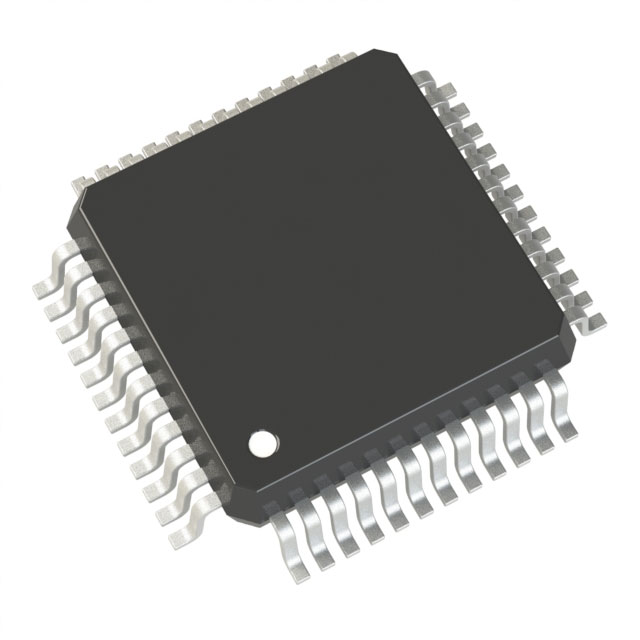Ultra-low power consumption technology
VDD = single power supply voltage of 1.6 to 5.5 V
HALT mode
STOP mode
SNOOZE mode
RL78 CPU core
CISC architecture with 3-stage pipeline
Minimum instruction execution time: Can be changed
from high speed (0.03125 μs: @ 32 MHz operation
with high-speed on-chip oscillator) to ultra-low speed
(30.5 μs: @ 32.768 kHz operation with subsystem
clock)
Address space: 1 MB
General-purpose registers: (8-bit register × 8) × 4
banks
On-chip RAM: 2 to 32 KB
Code flash memory
Code flash memory: 16 to 512 KB
Block size: 1 KB
Prohibition of block erase and rewriting (security
function)
On-chip debug function
Self-programming (with boot swap function/flash shield
window function)
Data Flash Memory
Data flash memory: 4 KB to 8 KB
Back ground operation (BGO): Instructions can be
executed from the program memory while rewriting the
data flash memory.
Number of rewrites: 1,000,000 times (TYP.)
Voltage of rewrites: VDD = 1.8 to 5.5 V
High-speed on-chip oscillator
Select from 32 MHz, 24 MHz, 16 MHz, 12 MHz, 8 MHz,
6 MHz, 4 MHz, 3 MHz, 2 MHz, and 1 MHz
High accuracy: +/- 1.0 % (VDD = 1.8 to 5.5 V, TA = -20
to +85°C)
Operating ambient temperature
TA = -40 to +85°C (A: Consumer applications, D:
Industrial applications )
TA = -40 to +105°C (G: Industrial applications)
Power management and reset function
On-chip power-on-reset (POR) circuit
On-chip voltage detector (LVD) (Select interrupt and
reset from 14 levels)
DMA (Direct Memory Access) controller
2/4 channels
Number of clocks during transfer between 8/16-bit
SFR and internal RAM: 2 clocks
Multiplier and divider/multiply-accumulator
16 bits × 16 bits = 32 bits (Unsigned or signed)
32 bits ÷ 32 bits = 32 bits (Unsigned)
16 bits × 16 bits + 32 bits = 32 bits (Unsigned or
signed)
Serial interface
Simplified SPI (CSI Note 1): 2 to 8 channels
UART/UART (LIN-bus supported): 2 to 4 channels
I2C/Simplified I2C communication: 3 to 10 channels
Timer
16-bit timer: 8 to 16 channels
12-bit interval timer: 1 channel
Real-time clock: 1 channel (calendar for 99 years,
alarm function, and clock
correction function)
Watchdog timer: 1 channel (operable with the
dedicated low-speed on-chip
oscillator)
A/D converter
8/10-bit resolution A/D converter (VDD = 1.6 to 5.5 V)
Analog input: 6 to 26 channels
Internal reference voltage (1.45 V) and temperature
sensor Note 2
I/O port
I/O port: 16 to 120 (N-ch open drain I/O [withstand
voltage of 6 V]: 0 to 4, N-ch open drain I/O
[VDD withstand voltage Note 3/EVDD withstand
voltage Note 4]: 5 to 25)
Can be set to N-ch open drain, TTL input buffer, and
on-chip pull-up resistor
Different potential interface: Can connect to a 1.8/2.5/3
V device
On-chip key interrupt function
On-chip clock output/buzzer output controller
Others
On-chip BCD (binary-coded decimal) correction circuit
Notes 1. Although the CSI function is generally called
SPI, it is also called CSI in this product, so it
is referred to as such in this manual.
2. Can be selected only in HS (high-speed main)
mode
3. Products with 20 to 52 pins
4. Products with 64 to 128 pins



